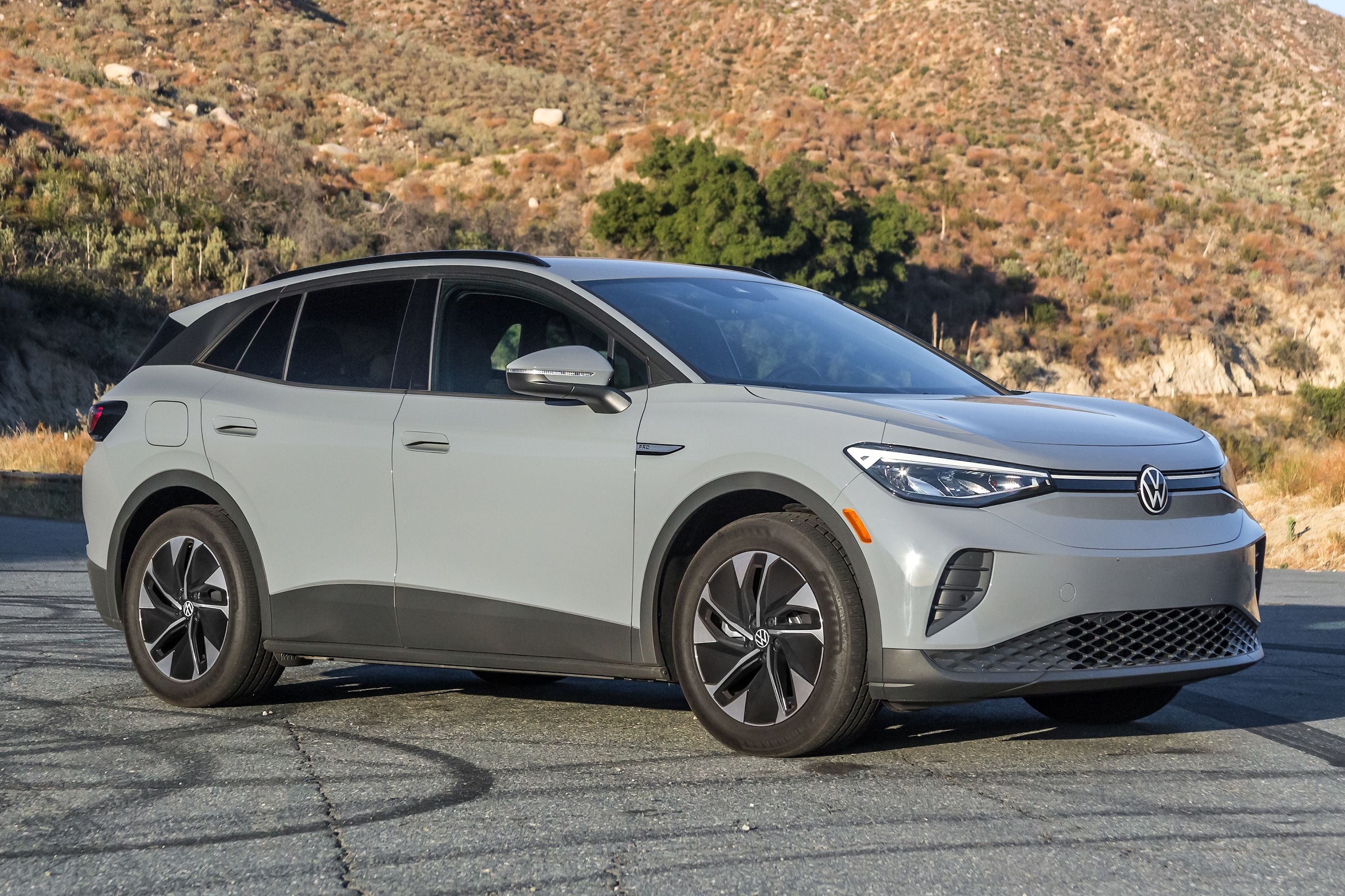
Around about the same time that Volkswagen was enjoying global success with its iconic Mk1 Golf hatchback, its engineers were working on something a lot sleeker. A project that followed the 1970's oil crisis, the quite literally named Aerodynamic Research Volkswagen (ARVW) was born in 1980. The ARVW was designed to push the limits of aerodynamic efficiency, and it succeeded in doing just that.
The single-seat vehicle was designed to be as light and slippery as possible, and it eventually achieved a drag coefficient of just 0.15. One of the most aerodynamic modern vehicles, the fully electric Porsche Taycan, has a Cd value of 0.22, which demonstrates just how far ahead of its time the ARVW was.
With a height of just 33 inches and a width of 43.3 inches, the ARVW was truly shaped like an arrow. It would be near impossible for a modern vehicle to attain the same drag coefficient, considering that something like a Mitsubishi Mirage - one of the smallest vehicles in America - is nearly double the height of the ARVW, with a far larger frontal area. Even a sleek supercar like the Ferrari F8 Tributo is nearly 15 inches taller than the ARVW.
The ARVW's aluminum frame was set beneath a body fashioned from fiberglass and carbon. It used a 2.4-liter, turbocharged, six-cylinder engine that managed 177 horsepower - the motor was positioned behind the driver and sent power to the rear wheels. Modifications like concealed wheels, a smooth underbody, and minimal engine cooling vents helped the ARVW slice through the air with maximum efficiency. Tested in October 1980, it broke two world speed records by hitting 221 mph in the first hour, and eventually topped out at 225 mph.
The ARVW's engineering triumphs remain impressive, but they were even more so considering the time period. It wouldn't be the last time that Volkswagen displayed its aerodynamic prowess, with the XL1 diesel-powered plug-in hybrid displaying remarkable efficiency when sold in limited numbers in 2013 - this European-only car had a drag coefficient of around 0.186, far below the usual 0.3 to 0.4 range.
The upcoming VW ID.4 electric SUV is promised to feature innovative aerodynamic design, too. This exciting SUV is set to go into production at the manufacturer's Chattanooga plant in the US - the ID.4's expected carbon-neutral footprint represents the next chapter in VW's pursuit of high-performing vehicles that also prioritize efficiency.
